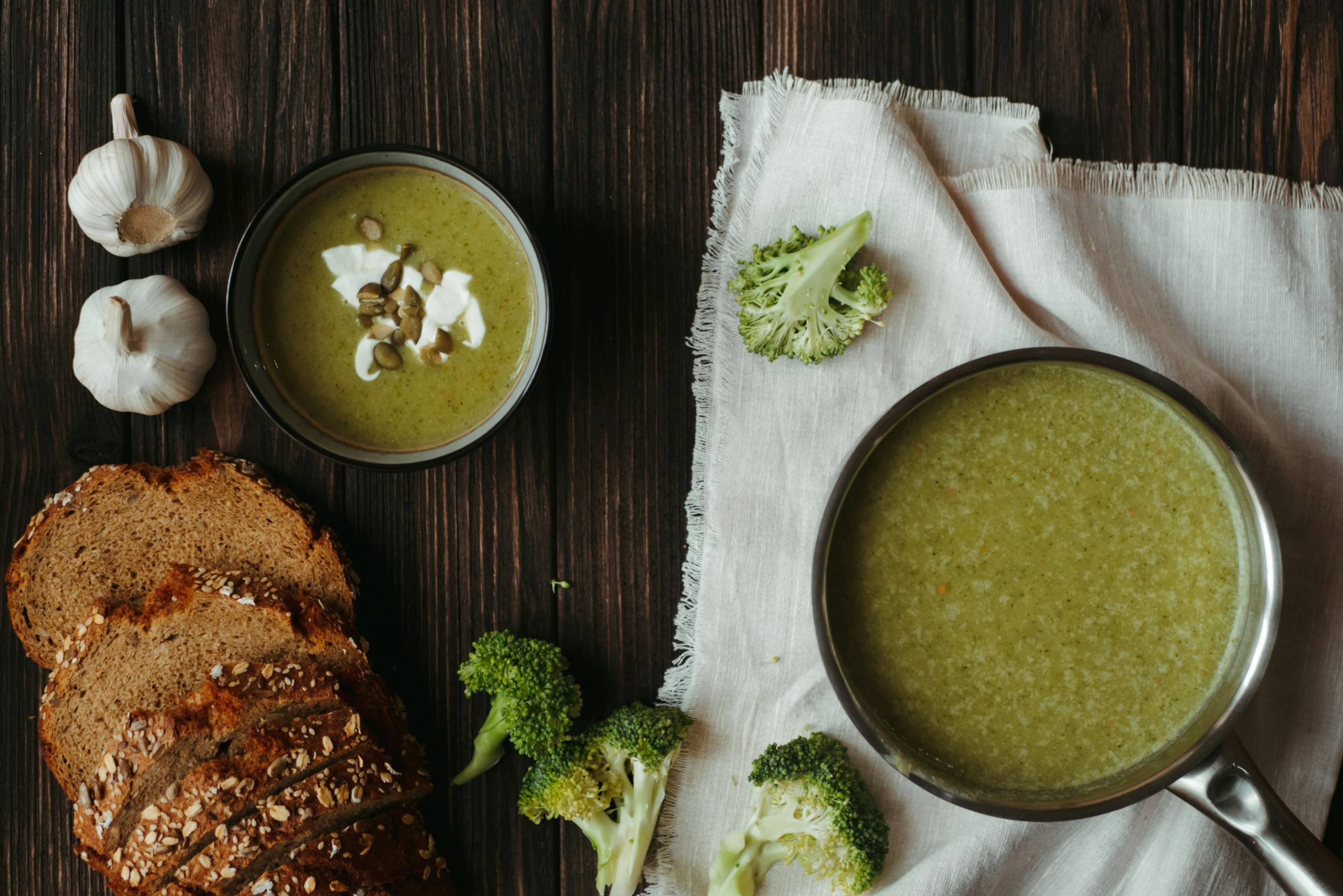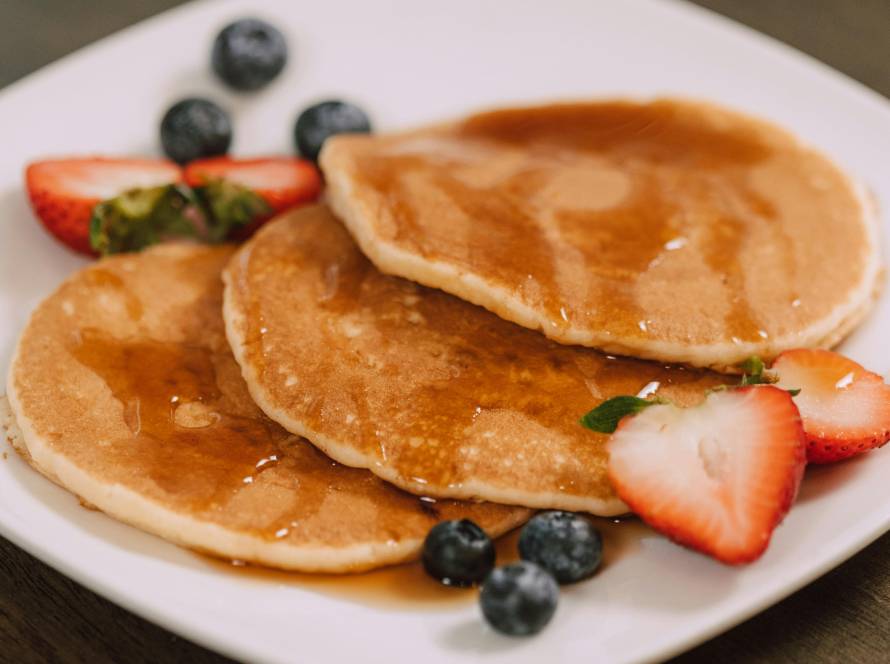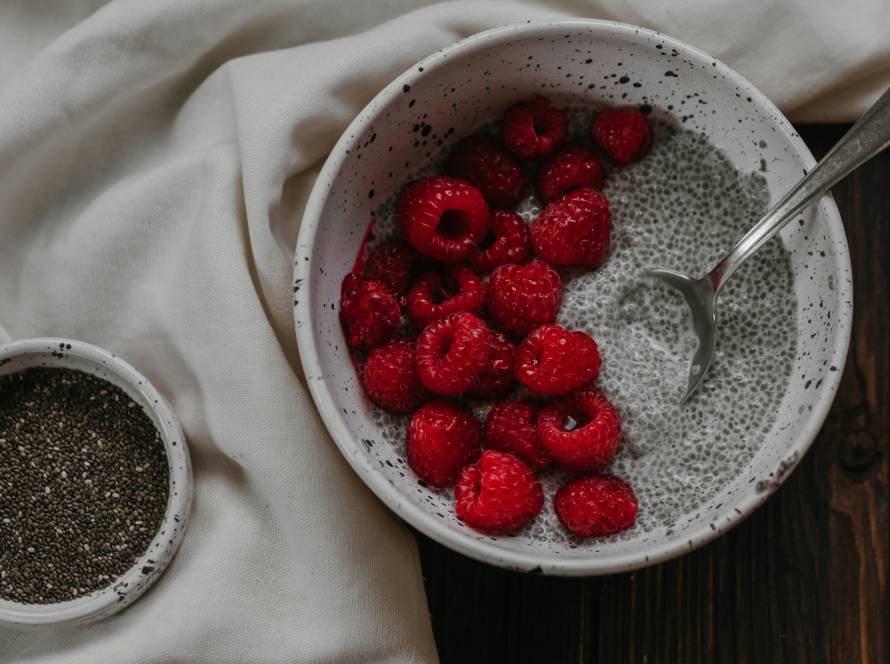Gluten-Free Pastries: Delicious Bakes Without the Gluten
Crafting gluten-free pastries like a pro is entirely possible — and deliciously rewarding! Gluten-free baking allows home bakers and gluten-sensitive individuals to enjoy flaky croissants, sweet tarts, and mouthwatering cookies without compromising taste or texture. Whether you’re on a celiac-friendly journey or experimenting with wheat-free cooking, mastering this baking art starts with the right know-how and lots of creativity.
Why Choose Gluten-Free?
Many people turn to gluten-free baking out of necessity, especially those with celiac disease, gluten intolerance, or wheat allergies. However, even those without medical issues discover that this lifestyle can promote better digestion, improved energy, and reduced inflammation. A well-balanced pastry made with alternative flours can taste just as good — sometimes even better — than its traditional counterpart.
Essential Gluten-Free Ingredients
Success in gluten-free pastry baking starts with understanding your ingredients. Unlike traditional baking, where all-purpose flour dominates, wheat-free baking requires a mix of specific alternatives to mimic both flavor and structure.
Gluten-Free Flour Blends
- Brown rice flour: Neutral taste and light texture.
- Almond flour: Nutty flavor and excellent moisture retention.
- Coconut flour: Very absorbent, adds fiber and sweetness.
- Sorghum flour: Mild flavor and great for structure.
- Pre-mixed GF blends: Easy option for beginners — just check for quality ingredients.
Binders: Holding It All Together
Gluten is the protein that provides elasticity and structure in baked goods. Without it, alternative binders like xanthan gum, guar gum, or psyllium husk become baking superstars. Even chia or flaxseed meals mixed with water can mimic gluten properties beautifully.
Techniques for Best Gluten-Free Pastries
While the ingredients change, basic baking principles still apply. But to bake gluten-free pastries like a pro, here are some unique strategies tailored for success.
1. Blend Flours for Depth and Texture
No single gluten-free flour can replicate the complexity of wheat flour. For a balanced bake, combining two or more gluten-free flours is often ideal. For instance, a 40/40/20 ratio of brown rice, tapioca starch, and almond flour offers a flaky yet soft result—perfect for pie crusts.
2. Chill the Dough
Gluten-free dough can be sticky and hard to handle. Chill it for 30–60 minutes before shaping to firm up the texture.
3. Let It Rest
After mixing, allow the batter or dough to rest for 20 minutes. This gives the flours time to hydrate, leading to better texture and less grittiness.
4. Add Moisture
Gluten-free baking benefits from moisture boosters like yogurt, applesauce, or fruit puree. These ingredients help prevent dry or crumbly pastries.
Favorite Gluten-Free Pastries to Try
Ready to whip up some wheat-free treats? Here are a few tried-and-true favorites that are sure to win over any gluten-free dessert pastries
lover.
Gluten-Free Croissants
These buttery pastries require patience, but the reward is a light, flaky croissant reminiscent of Parisian cafés. Use a blend of rice, potato, and tapioca flours for lift and texture.
Coconut Flour Chocolate Chip Cookies
Moist, chewy, and bursting with flavor — this wheat-free recipe uses coconut flour and almond butter for a protein-packed, satisfying cookie.
Mini Fruit Tarts with Almond Crust
A naturally gluten-free almond flour crust makes the perfect base for creamy custard and seasonal fruit toppings.
Flaky Gluten-Free Pie Crust
Tender and crispy, this pastry uses a mix of sorghum and millet flours plus a bit of butter or vegan alternative. Perfect for pies, quiches, and savory tarts.
Troubleshooting Common Issues
Even seasoned bakers can run into issues when crafting celiac-friendly recipes. Here’s how to troubleshoot common challenges:
- Crumbly texture? Add more binder or a touch more moisture.
- Too dense? Use more starches like tapioca flour or sift your blends.
- Odd flavor? Integrate vanilla, citrus zest, or spices to offset any strong flour tastes.
- Browning too quickly? Lower oven temperature by 25°F and bake a bit longer.
Storage Tips for Gluten-Free Pastries
Gluten-free baked goods don’t contain preservatives, so smart storage is essential:
- Wrap pastries tightly in plastic wrap or airtight containers.
- Refrigerate for up to 5 days or freeze for up to 3 months.
- Reheat frozen pastries in the oven to maintain texture.
Embracing the Gluten-Free Lifestyle
Living wheat-free doesn’t mean giving up your favorite pastries. With a bit of practice and experimentation, you’ll gain confidence in your gluten-free baking abilities. Use your creativity to reinvent classics and surprise friends with delightful results. Remember, baking is not only science — it’s love poured into every whisk and fold.
Top Tools for Gluten-Free Pastry Success
A few handy kitchen tools can elevate your celiac-friendly creations:
- Digital kitchen scale: Precise measurements matter.
- High-power blender or food processor: Helpful for grinding nut flours or blending batters.
- Parchment paper and silicone mats: Minimize sticking without gluten’s elasticity.
- Rolling pin and plastic wrap: Roll dough with ease between sheets of plastic wrap to prevent sticking.
Final Thoughts on Crafting Pastries Gluten-Free
From a flaky pie crust to soft sponge cake, gluten-free baking lets you enjoy all the sweet moments without worry. Don’t be afraid to try new flour combinations, explore lesser-known binders, and test creative recipes. Over time, you’ll gather a gluten-free repertoire just as rich as any conventional baker’s.
For more certified information on gluten-free living, visit the Gluten Intolerance Group.
Want to dive deeper into gluten-free ingredients? Check out our guide on Gluten-Free Pantry Essentials.



